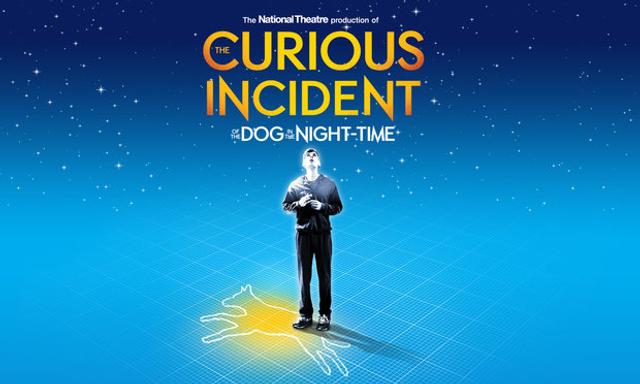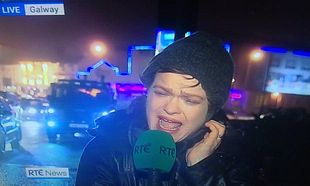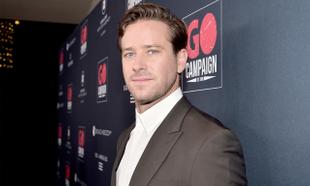Based on the best-selling book by Mark Haddon, The Curious Incident of the Dog in the Night-Time follows a fifteen year old named Christopher Boone. Christopher has Asperger Syndrome which causes him to see and interpret the world in a unique way but also prevents him from totally understanding human emotion. When his neighbour’s dog is murdered, Christopher decides to investigate, in spite of it being against his dad’s wishes, and what he discovers leads to a much more complicated mystery involving his whole family.
It doesn’t happen often that one describes a play as unlike anything they’ve seen before, but that is just what The Curious Incident is. It manages to stay loyal to the original source material of Haddon’s novel (the story is the same and much of the dialogue is taken line-for-line from the book), but also gives it a new theatrical life through a unique and enrapturing audio and visual production design.
From the opening of the play where the audience experiences an onslaught of sound and flashing lights, they are hooked in. The set design consists of a huge five-sided cube which is opened out to the audience and comes to life through lead character Christopher’s graphs and drawings. He and other characters enter from doors that appear and retract, take props from drawers that open out, close and disappear so that your curiosity is maintained, as you never know what the set could become next. The lighting design is also expertly accomplished, but all these creative, immersive, intrinsic designs would be pointless if the characters integrating in the environment aren’t similarly vibrant.
Fortunately, The Curious Incident has a very talented cast. The leading character of Christopher is played by Scott Reid, who is sensational. David Michaels, who plays Christopher’s father, Ed, is also excellent. Lucianne McEvoy plays Siobhan, Christopher’s teacher, whose character is very more extended than in the original book, taking on a sort of Jiminy Cricket-type role, conversing with Christopher, narrating his story, and consistently nudging him in the right direction, both morally and literally. These are complicated, multi-layered characters that they are bringing to life, and the ensemble is fantastic as well.
The sound design is quite remarkable, incorporating noises that sound like they’re from sci fi films and video games, which signal associations with science and technology but also childish play. Everything is designed as from Christopher’s unique, inquisitive mind and one imagined sequence in which he pretends he is flying through the air really stands out as a thing of beauty. Elsewhere, simple, white boxes and even people function as props that bring a scene to life. Every sequence, every moment is purposefully designed, artistic but never inaccessible.
The second half sees Christopher go to London and the chaos and movement of the city are really interestingly designed. While this act of the play does not have the same pace as the first, which was characterised by shorter, distinct scenes, it still retains the good humour and heartfelt feeling of what preceded it, and the ending has a very touching message at its heart too. Aside from younger children who might not quite be able to quite grasp what is going on onstage, this is a play that should be seen by all, and stays with you long after the last riddle is solved.









































































